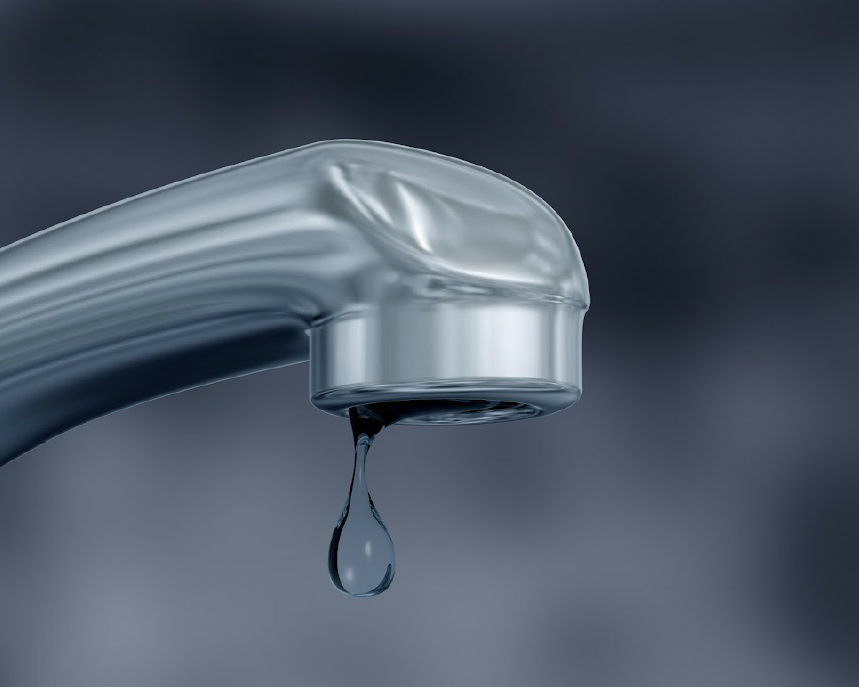Overview To Water Leak Detection In The House
Overview To Water Leak Detection In The House
Blog Article
Here in the next paragraph you might get additional awesome details about Locating water leaks.
.jpg)
Early detection of leaking water lines can reduce a prospective catastrophe. Some little water leaks might not be noticeable.
1. Check Out the Water Meter
Every residence has a water meter. Checking it is a proven way that helps you discover leaks. For starters, turn off all the water resources. Guarantee no person will certainly purge, utilize the tap, shower, run the washing equipment or dishwashing machine. From there, most likely to the meter and watch if it will certainly change. Considering that no one is using it, there need to be no motions. If it relocates, that shows a fast-moving leak. If you discover no modifications, wait a hr or 2 and inspect back once again. This implies you might have a slow leak that can even be below ground.
2. Check Water Intake
Assess your water costs as well as track your water intake. As the one paying it, you should see if there are any kind of discrepancies. If you spot sudden changes, in spite of your usage coinciding, it indicates that you have leakages in your plumbing system. Remember, your water bill should fall under the exact same range each month. An unexpected spike in your bill indicates a fast-moving leak.
At the same time, a constant boost on a monthly basis, despite having the very same behaviors, shows you have a slow-moving leakage that's also gradually rising. Call a plumber to thoroughly inspect your property, particularly if you really feel a warm area on your floor with piping underneath.
3. Do a Food Coloring Test
When it concerns water consumption, 30% comes from commodes. Test to see if they are running appropriately. Decrease specks of food color in the tank and wait 10 mins. If the shade somehow infiltrates your bowl during that time without flushing, there's a leakage between the container as well as bowl.
4. Asses Outside Lines
Don't forget to inspect your exterior water lines also. Must water permeate out of the link, you have a loosened rubber gasket. One tiny leakage can waste lots of water and spike your water costs.
5. Evaluate the circumstance and also inspect
Property owners need to make it a habit to check under the sink counters as well as even inside cupboards for any type of bad odor or mold and mildew development. These 2 red flags suggest a leak so timely focus is called for. Doing regular examinations, also bi-annually, can conserve you from a significant trouble.
Examine for stainings and deteriorating as most home appliances as well as pipes have a life expectations. If you think dripping water lines in your plumbing system, do not wait for it to rise.
Early discovery of dripping water lines can mitigate a potential disaster. Some tiny water leakages may not be visible. Examining it is a surefire means that helps you find leaks. One small leakage can lose tons of water as well as spike your water expense.
If you believe leaking water lines in your plumbing system, do not wait for it to escalate.
WARNING SIGNS OF WATER LEAKAGE BEHIND THE WALL
PERSISTENT MUSTY ODORS
As water slowly drips from a leaky pipe inside the wall, flooring and sheetrock stay damp and develop an odor similar to wet cardboard. It generates a musty smell that can help you find hidden leaks.
MOLD IN UNUSUAL AREAS
Mold usually grows in wet areas like kitchens, baths and laundry rooms. If you spot the stuff on walls or baseboards in other rooms of the house, it’s a good indicator of undetected water leaks.
STAINS THAT GROW
When mold thrives around a leaky pipe, it sometimes takes hold on the inside surface of the affected wall. A growing stain on otherwise clean sheetrock is often your sign of a hidden plumbing problem.
PEELING OR BUBBLING WALLPAPER / PAINT
This clue is easy to miss in rooms that don’t get much use. When you see wallpaper separating along seams or paint bubbling or flaking off the wall, blame sheetrock that stays wet because of an undetected leak.
BUCKLED CEILINGS AND STAINED FLOORS
If ceilings or floors in bathrooms, kitchens or laundry areas develop structural problems, don’t rule out constant damp inside the walls. Wet sheetrock can affect adjacent framing, flooring and ceilings.
https://www.servicemasterbyzaba.com/blog/how-to-detect-water-leakage-in-walls/

I hope you enjoyed reading our part on Detecting hidden plumbing leaks. Thanks for finding the time to read through our blog. Are you aware of another individual who is serious about the subject? Be sure share it. I praise you for your time. Come back soon.
Report this page